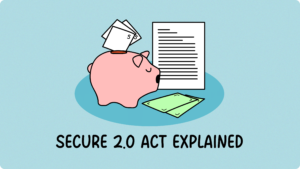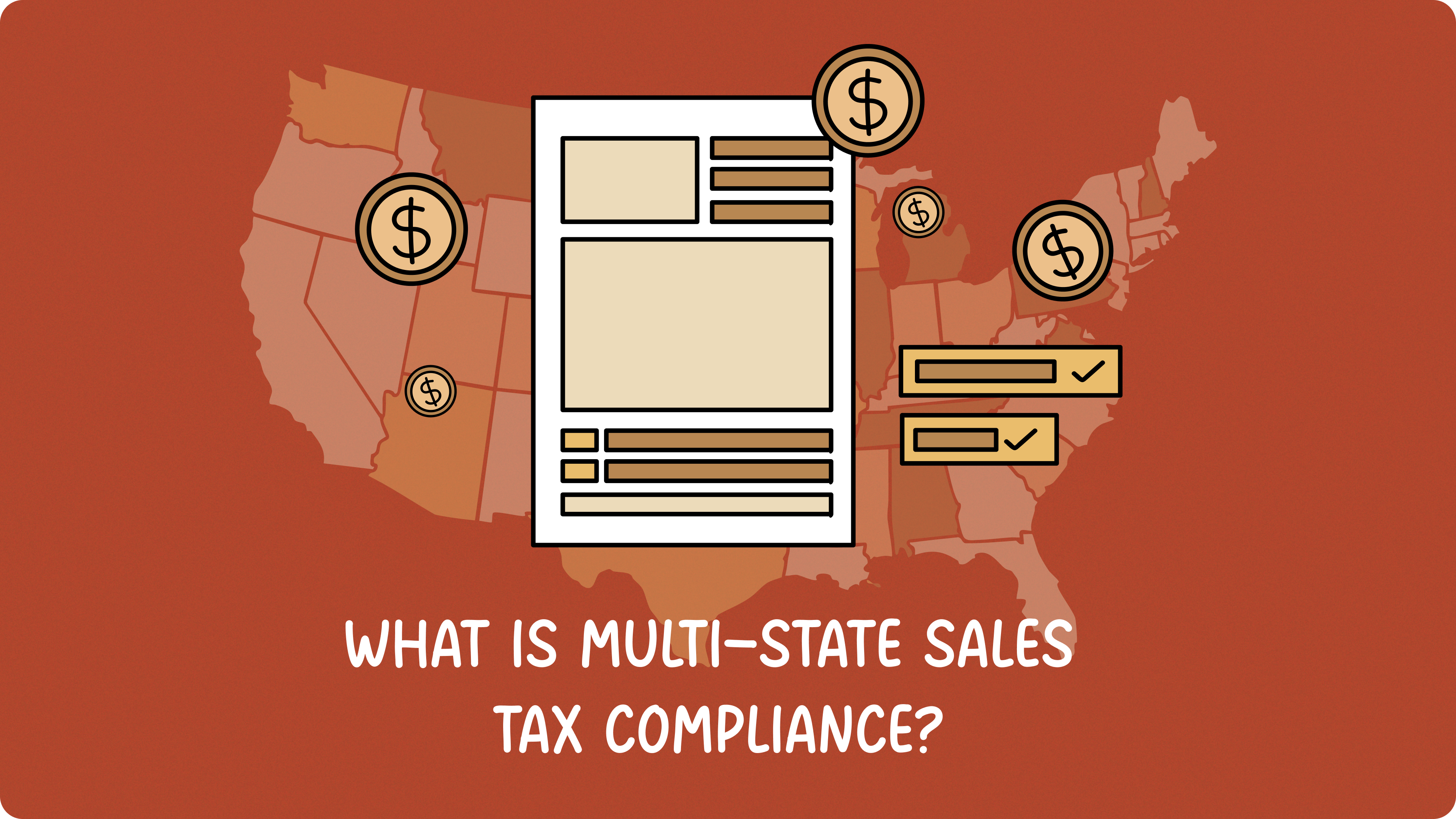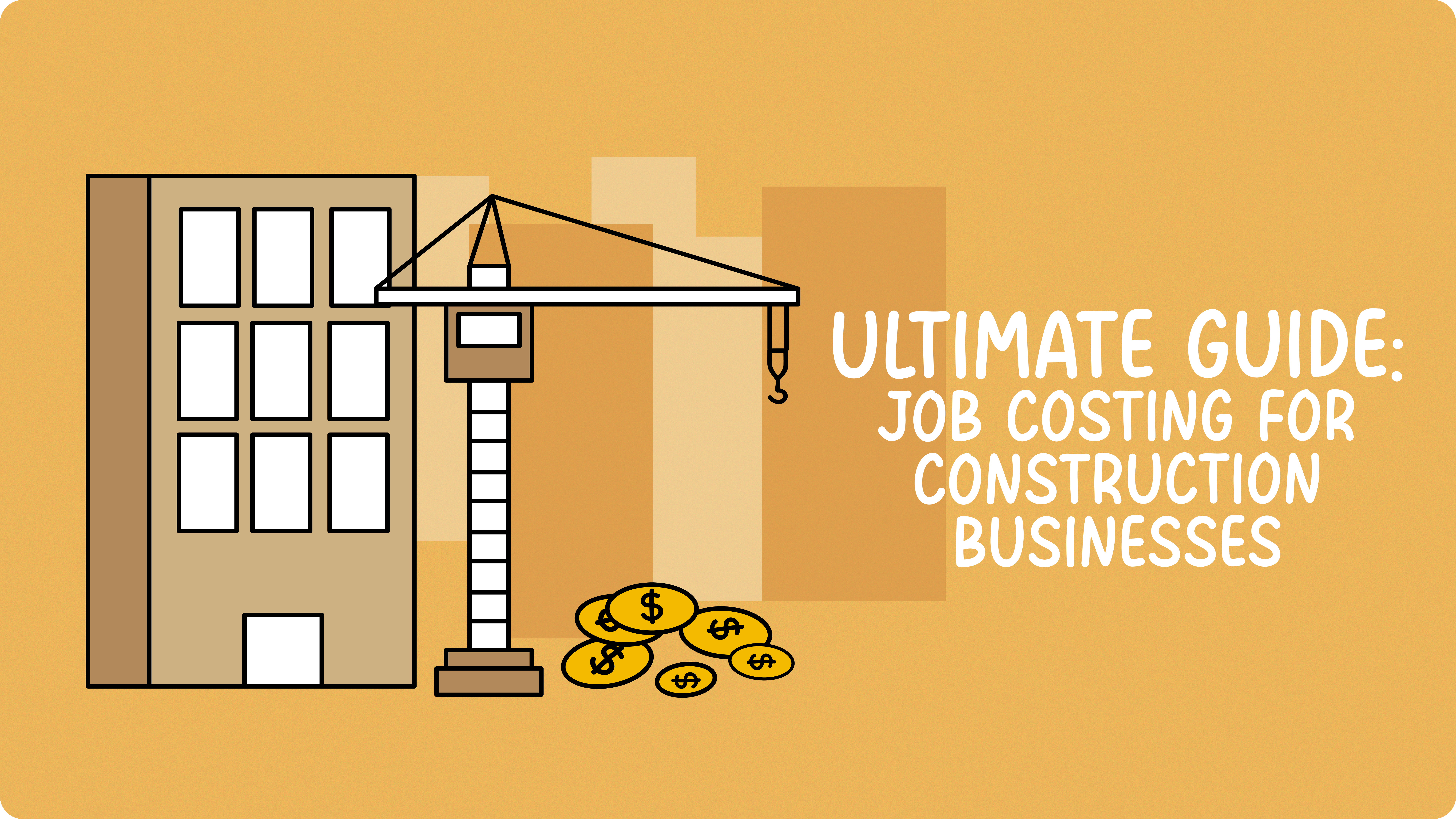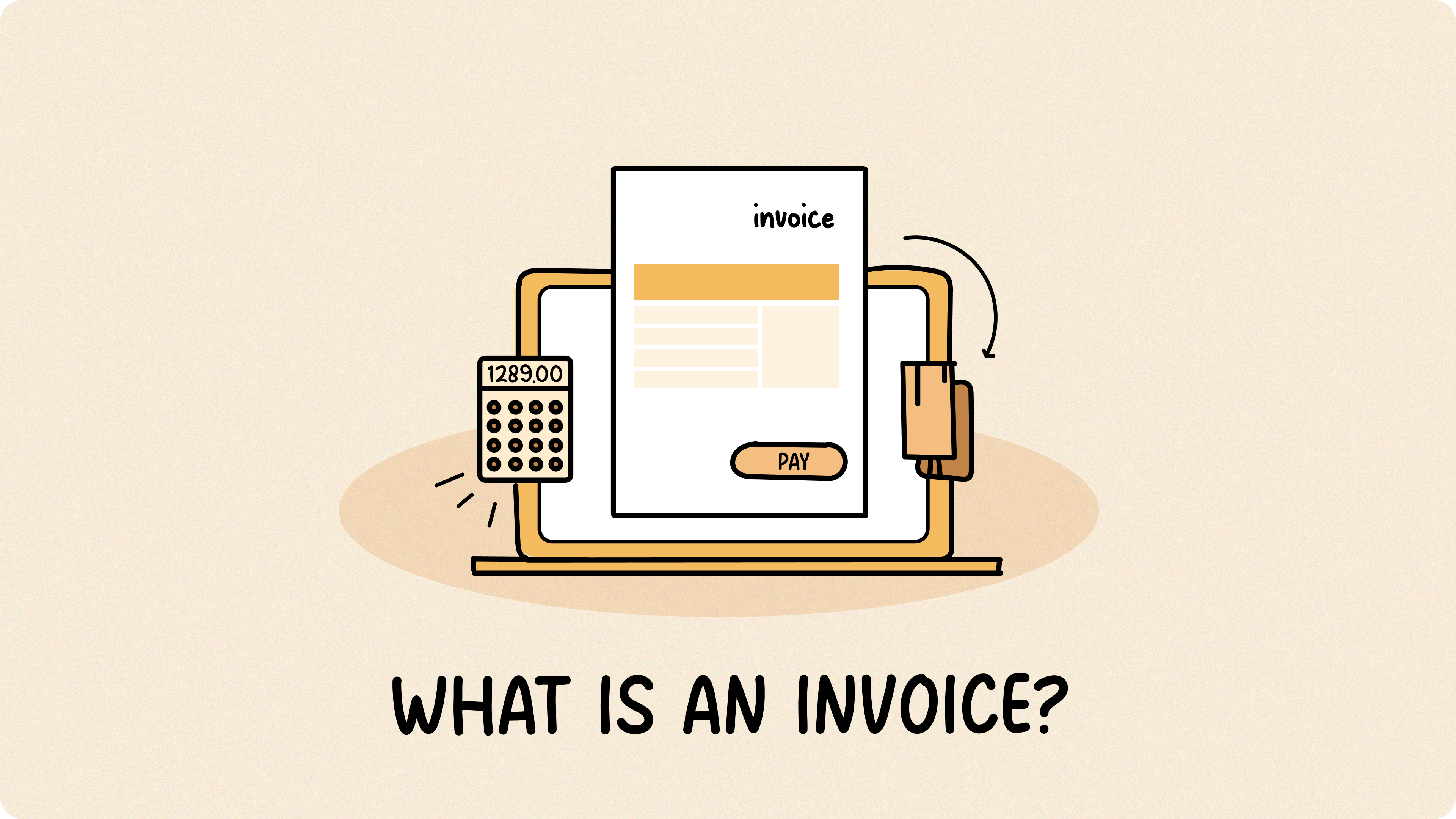You’ve built an awesome online store, uploaded those product photos you spent all weekend perfecting, and now orders are rolling in from California to New York. What started as a side hustle from your spare bedroom has turned into a growing business with customers across multiple states. Each notification ping brings both excitement and a new challenge you might not have anticipated: multi-state sales tax compliance.
Unlike a local shop that deals with one set of tax rules, your online business potentially faces different e-commerce sales tax requirements in every state where you make sales. One day you’re celebrating a surge of orders from a new region, and the next you’re wondering if you’ve just created tax obligations in another state. Keeping track of when, where, and how much to collect can quickly become overwhelming, especially when you’d rather focus on perfecting your products or marketing strategy. Don’t worry—this guide will break down everything you need to know to stay compliant without losing your mind.
Table of Contents
- Economic Nexus: The Foundation of Multi-State Sales Tax Compliance
- U.S. State Sales Tax Rates & Economic Nexus Thresholds (As of Jan 2025)
- Further Aspects of State E-commerce Tax
- Consequences of Non-Compliance
- Simplify Your Sales Tax Journey with Fynlo
- Further Reading
Economic Nexus: The Foundation of Multi-State Sales Tax Compliance
Let’s start with the million-dollar question: When exactly do you need to collect sales tax in a state? This is where “nexus sales tax rules” come into play. Understanding these rules is critical for every e-commerce seller.
Nexus means having a connection to a state that’s significant enough to trigger tax obligations there. Traditionally, this meant physical presence—having an office, employees, or inventory in a state. But the e-commerce revolution has completely changed the game.
The Evolution of Economic Nexus
With the Supreme Court’s monumental Wayfair decision in 2018 removing the physical presence requirement, states can now require you to collect sales tax based solely on your economic activity there—even if you’ve never set foot in the state. This created what tax professionals call “economic nexus.”
Here’s an example:
Imagine you run an online boutique from your home in Florida. You have zero physical presence in California—no warehouse, no employees, nothing. But your products are a hit with California customers, and last year you sold more than $500,000 worth of merchandise to California residents.
Having surpassed California’s economic nexus threshold of $500,000 in annual sales, you now have a sales tax obligation in the Golden State. You’ll need to register for a California sales tax permit, start collecting the appropriate sales tax on all future California sales, and send those taxes to California’s tax authorities on their schedule.
U.S. State Sales Tax Rates & Economic Nexus Thresholds (As of Jan 2025)
As of January 2025, economic nexus laws are in place across nearly all U.S. states, but the rules vary widely. The table below summarizes each state’s:
- Sales Tax Rate: The base state-level sales tax rate. Please note that additional local taxes may apply.
- Sales Threshold: The dollar amount of sales into the state that triggers nexus.
- Transaction Threshold: The number of sales transactions that can also create nexus.
- Measurement period: The time frame used to calculate sales or transaction thresholds.
- Marketplace Sales Included: Whether sales made through platforms like Amazon or Etsy count toward the threshold.
Did you know? In most states, exceeding either the sales or transaction threshold is enough to establish nexus. But in Connecticut and New York, you must exceed both thresholds before you’re required to collect and remit sales tax.
| State | Sales Tax Rate | Sales Threshold | Transaction Threshold | Measurement Period | Marketplace Sales Included? |
| Alabama | 4% | $250,000 | None | Previous calendar year | Yes |
| Arizona | 5.6% | $100,000 | None | Current or previous calendar year | Yes |
| Arkansas | 6.5% | $100,000 | 200 | Current or previous calendar year | Yes |
| California | 7.25% | $500,000 | None | Current or previous calendar year | Yes |
| Colorado | 2.9% | $100,000 | None | Current or previous calendar year | Yes |
| Connecticut | 6.35% | $100,000 | 200 | 12-month period ending Sep 30 | Yes |
| Florida | 6% | $100,000 | None | Previous calendar year | No |
| Georgia | 4% | $100,000 | 200 | Previous or current calendar year | No |
| Hawaii | 4% | $100,000 | 200 | Current or previous calendar year | Yes |
| Illinois | 6.25% | $100,000 | 200 | Prior 12 months | No |
| Indiana | 7% | $100,000 | None | Current or previous calendar year | No |
| Iowa | 6% | $100,000 | None | Current or previous calendar year | Yes |
| Kansas | 6.5% | $100,000 | None | Current or previous calendar year | Yes |
| Kentucky | 6% | $100,000 | 200 | Previous or current calendar year | Yes |
| Louisiana | 5% | $100,000 | None | Previous or current calendar year | No |
| Maine | 5.5% | $100,000 | None | Previous or current calendar year | No |
| Maryland | 6% | $100,000 | 200 | Previous or current calendar year | Yes |
| Massachusetts | 6.25% | $100,000 | None | Previous or current calendar year | No |
| Michigan | 6% | $100,000 | 200 | Previous calendar year | Yes |
| Minnesota | 6.88% | $100,000 | 200 | Rolling 12 months | Yes |
| Mississippi | 7% | $250,000 | None | Prior 12 months | No |
| Missouri | 4.23% | $100,000 | None | Reviewed quarterly | Yes |
| Nebraska | 5.5% | $100,000 | 200 | Current or previous calendar year | Yes |
| Nevada | 4.6% | $100,000 | 200 | Current or previous calendar year | Yes |
| New Jersey | 6.63% | $100,000 | 200 | Current or previous calendar year | Yes |
| New Mexico | 5.13% | $100,000 | None | Previous calendar year | No |
| New York | 4% | $500,000 | 100 | Previous 4 quarters | Yes |
| North Carolina | 4.75% | $100,000 | None | Current or previous calendar year | Yes |
| North Dakota | 5% | $100,000 | None | Current or previous calendar year | No |
| Ohio | 5.75% | $100,000 | 200 | Current or previous calendar year | Yes |
| Oklahoma | 4.5% | $100,000 | None | Current or previous calendar year | No |
| Pennsylvania | 6% | $100,000 | None | Prior calendar year | Yes |
| Rhode Island | 7% | $100,000 | 200 | Prior calendar year | Yes |
| South Carolina | 6% | $100,000 | None | Current or previous calendar year | Yes |
| South Dakota | 4.5% | $100,000 | None | Current or previous calendar year | Yes |
| Tennessee | 7% | $100,000 | None | Previous 12 months | No |
| Texas | 6.25% | $500,000 | None | Preceding 12 months | Yes |
| Utah | 4.7% | $100,000 | None | Current or previous calendar year | No |
| Vermont | 6% | $100,000 | 200 | Prior 4 quarters | Yes |
| Virginia | 4.3% | $100,000 | 200 | Current or previous calendar year | No |
| Washington | 6.5% | $100,000 | None | Current or previous calendar year | Yes |
| West Virginia | 6% | $100,000 | 200 | Current or previous calendar year | Yes |
| Wisconsin | 5% | $100,000 | None | Current or previous calendar year | Yes |
| Wyoming | 4% | $100,000 | None (as of July 1, 2024) | Current or previous calendar year | No |
Important notes:
- This information is current as of January 2025. Tax laws change frequently. Always confirm current requirements with the relevant state tax authority before making compliance decisions.
- As Alaska, Delaware, Montana, New Hampshire, and Oregon do not have a statewide sales tax, they are not listed in the table above. Yet, it’s important to remember that local sales taxes may still apply in certain areas within these states.
- Keep in mind that each state also has different rules on product taxability, filing frequencies, and tax rates. For example, some states exempt groceries or digital products, while others do not.
Further Aspects of State E-commerce Tax
While understanding economic nexus is crucial, several other factors complicate multi-state compliance. Consider this section your mini state-by-state e-commerce tax guide to these additional complexities:
Product Taxability Variations
What’s taxable varies dramatically across states. For instance, clothing is totally exempt in Minnesota but taxable almost everywhere else, while New York only exempts clothing below certain price thresholds. Consider these important distinctions:
- Digital products: More than 30 states now tax digital goods like e-books, music downloads, and software, but they define “digital goods” differently
- Food items: Most states don’t tax groceries but do tax prepared foods (with wildly different definitions of each)
- Services: Some states tax all services, others tax specific categories, and some don’t tax services at all
- Shipping charges: About half of states consider shipping charges taxable when the underlying products are taxable
Marketplace Facilitator Laws
If you sell through platforms like Amazon, Etsy, or Walmart Marketplace, be aware that 45 states have marketplace facilitator laws. These laws require the marketplace (not you) to collect and remit sales tax for sales made through their platform. However, you might still have filing obligations in states where you keep inventory for these marketplaces.
Foreign Seller Requirements
For international sellers entering the U.S. market, compliance gets even trickier. Many are shocked to discover they can create nexus despite having no physical U.S. presence. In fact, audits of foreign sellers jumped by over 40% in the past two years.
Consequences of Non-Compliance
The significant time and resources required for sales tax compliance highlight its importance. According to a survey by Avalara, even emerging small businesses (ESBs) dedicate a combined 131 hours monthly to this task, costing nearly $12,000. This burden only increases for small and midsize businesses (SMBs). Given this investment, the consequences of non-compliance can be particularly damaging.
Unfortunately, if you’re caught not collecting when you should be, you can anticipate:
- Penalty fees: Most states charge penalties of 5-25% of unpaid tax
- Interest charges: These add up daily, often at rates above 10% annually
- Audit headaches: The time and stress of dealing with state auditors is no joke
- Back taxes: You’ll have to pay all taxes you should have collected—even if you didn’t collect them from customers
- Personal liability: In many cases, business owners can be personally on the hook for unpaid sales taxes
Simplify Your Sales Tax Journey with Fynlo
Why spend hours wrestling with complex tax rules when you could be growing your business? At Fynlo, we combine smart accounting tools with e-commerce tax expertise to keep you compliant without the headaches. Schedule a call today for a free consultation and see how our platform makes even the most complicated tax scenarios manageable!
Further Reading
You now have a solid understanding of multi-state sales tax compliance—well done! If you’re interested in diving deeper into topics around accounting, finance, or business taxation, don’t miss our other blog posts:







